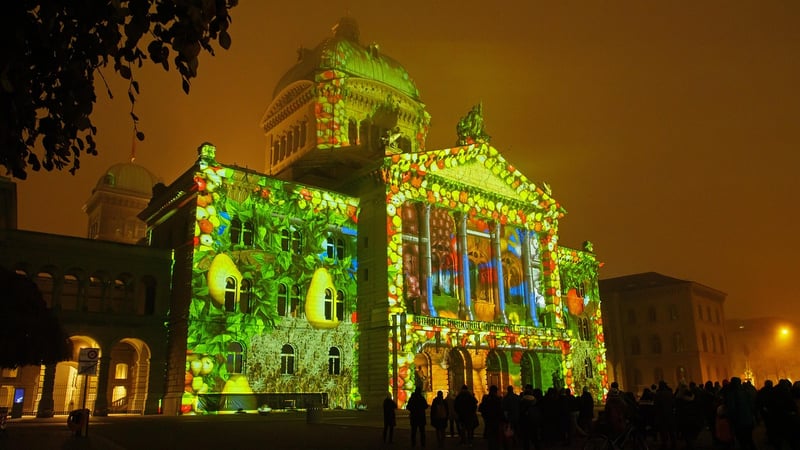Future Projections
Exploring Different Epochs and Future Projections
Ancient Times
Ancient times refer to the period in history before the Middle Ages, typically ranging from the dawn of civilization to the fall of the Roman Empire. This epoch saw the rise of great civilizations like Ancient Egypt, Mesopotamia, Greece, and Rome, each leaving a lasting impact on art, architecture, philosophy, and governance.

The Middle Ages
The Middle Ages, also known as the medieval period, spanned roughly from the 5th to the 15th century. This epoch saw the spread of Christianity, the rise of feudalism, the construction of magnificent cathedrals, and the flourishing of art and literature in Europe.

The Renaissance
The Renaissance, meaning "rebirth," was a period in European history from the 14th to the 17th century known for its revival of art, literature, and learning. It marked a transition from the Middle Ages to the modern era and saw the works of renowned artists like Leonardo da Vinci, Michelangelo, and Raphael.

Industrial Revolution
The Industrial Revolution, starting in the late 18th century, transformed society with the rise of factories, steam power, and mechanized production. This epoch led to urbanization, technological advancements, and significant changes in economic and social structures.

Modern Times and Future Projections
In modern times, rapid technological advancements, globalization, and environmental challenges shape our world. Looking ahead, future projections suggest a continued focus on sustainability, artificial intelligence, space exploration, and biotechnology.

Exploring different epochs allows us to understand the evolution of human civilization and envision the possibilities that the future holds. Each era leaves a unique imprint on history, contributing to the rich tapestry of our world.
For more fascinating insights into historical epochs and future projections, stay tuned for our upcoming articles.
